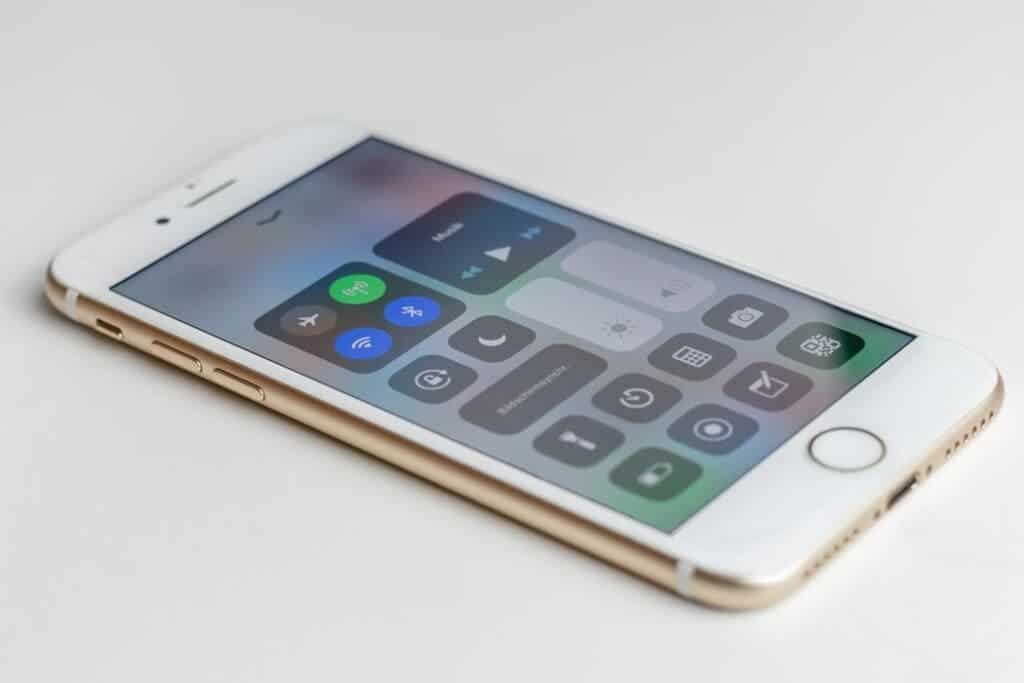First, it was stopping the disease from spreading, then it was testing and PPE, and then ventilators for patients. The next major hurdle in our fight against the pandemic might be something of a very different nature, but just as challenging: contact tracing apps.

Why it matters
We all want our lives to get back to normal — or some version of normal, because let’s face it, things aren’t getting normal anytime soon. Contact-tracing apps are a way to help us get one step closer to whichever version of normal we’ll have for the next few months.
The basic principle is simple: you have a way of tracking who is in close proximity to who, and if someone tests positive for the disease, you know who is most likely to be infected. If you act quickly, you can sever the chain of infection early on and stop the disease from spreading.
Why contact tracing apps
Humans are pretty good at contact tracing — and manual contact tracing is still considered the gold standard for contact tracing. But humans are slow. A tracer’s job is much like that of a journalist chasing a lengthy story, calling people and retracing steps until all the puzzle pieces fit into place.
If you want to scale the process for an entire state or country, it’s almost impossible to do it all manually. Contact-tracing apps are imperfect in several ways, but they’re fast and can provide very useful information to nip infection hotspots in the bud.
Apps + humans
The best approach seems to be to use contact tracing apps in conjunction with manual contact tracing, complementing the benefits of the two approaches — but it won’t be easy.
US states plan to hire more than 36,000 contact tracing staffers in the short-term, but a Johns Hopkins analysis estimates the number needed exceeds 100,000. It remains to be seen just how many contact tracers will be needed, but human work will definitely be needed in the equation.
Technical limitations
The basic idea in these tracing apps is that they send out a Bluetooth signal picked up by other devices. Then, when someone is diagnosed with COVID-19, people who have been in touch with that person get a notification, log their symptoms, and get prioritized for testing.
The problem is that Bluetooth signal in newer devices goes far beyond the recommended 2 meters, and can even go through some walls. So there may be a lot of “false positive” alerts, and it’s hard to say just how effective these apps will turn out to be.
Privacy concerns
However, the biggest concerns regarding contact tracing are about privacy. These apps need to be installed voluntarily, and users need to consent to sharing their data. Which begs the question: will sufficient users do this to make a difference?
There are some important distinctions between different types of contact tracing apps: will they store the data remotely, where it can be accessed by authorities? Apple and Google want everything to be anonymized, but some governments have expressed their wish to store information on a 3rd party server where it can be accessed. Another point of contention is whether they will trace users’ GPS locations, which allows better geographic detection of infection hotspots at the potential expense of privacy.
No replacement for testing and social distancing
Contact tracing apps on their own won’t save us. They might help us understand how infections are spread, but they can only work if they are complemented by mass testing and social distancing measures — otherwise, it’s all in vain.
What we are seeing now is the first of probably several waves of infection. Contact tracing apps can help us make a dent in the next wave(s), but only if they are complemented by other measures.
What we can expect
A contact tracing app requires a majority of people in a geographic area to adopt it for it to be effective. If this happens, then we might have an important ally against COVID-19.
But it’s important to ensure that we don’t give away our privacy and pave the way for authoritarian leaders to enforce mass surveillance. This is a slippery slope and we are already seeing a preview of this. Digital tracing apps must guarantee user privacy if they are to succeed.


